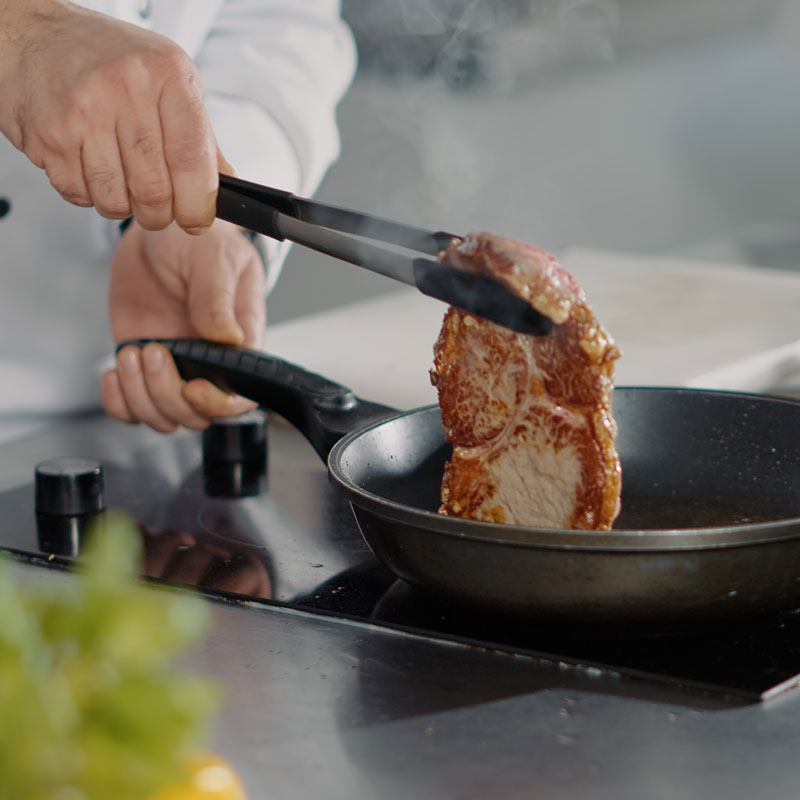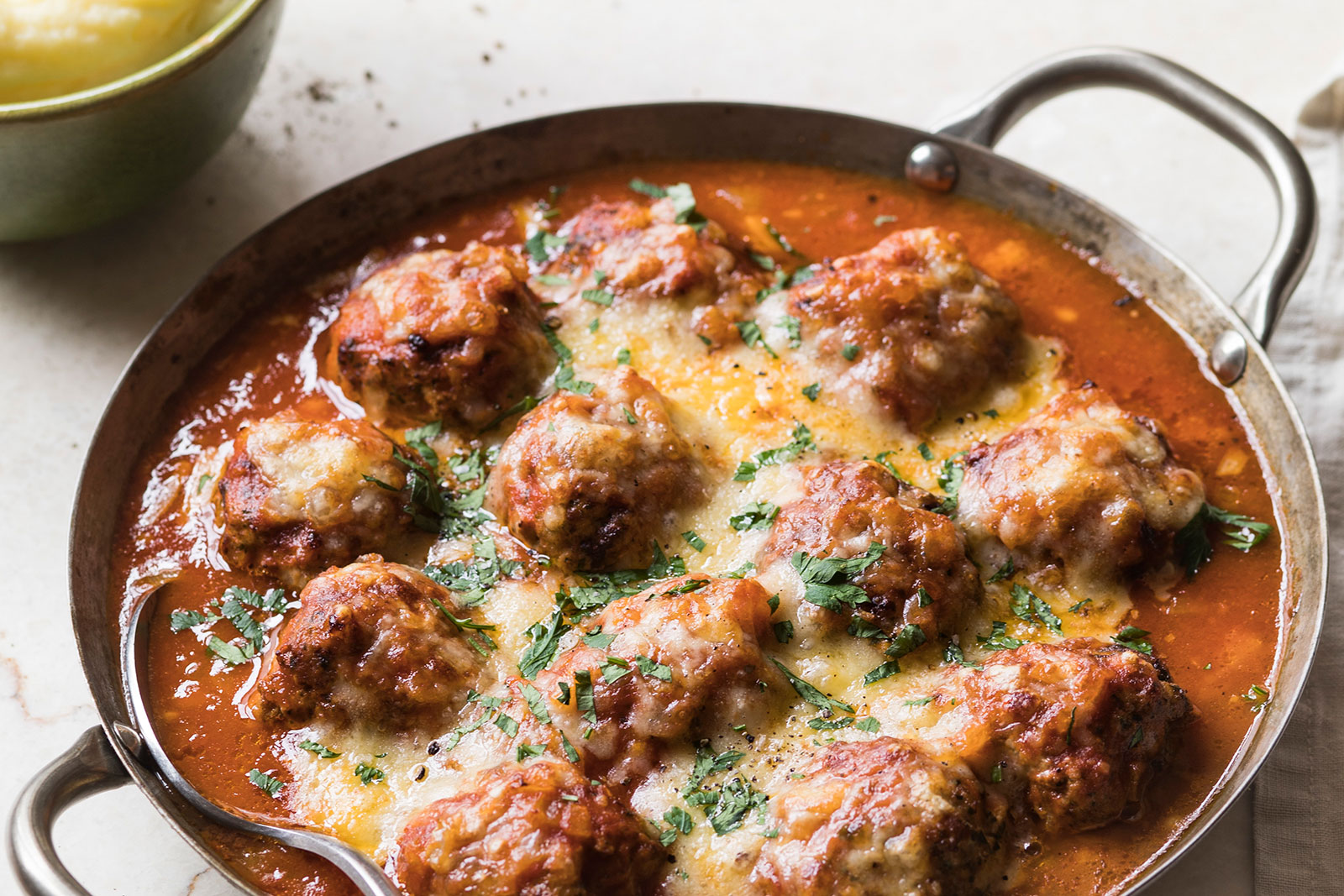Your simple guide to cooking New Zealand pork
Whether you’re a pork belly, pork chop or pork roast kind of person – fresh New Zealand pork is extremely adaptable and tasty to boot.
If you’re being held back from purchasing different cuts because you’re unsure of how to cook them, then this guide is just for you! Here’s some of the most popular cuts you’ll find in your supermarket or butcher shop and tips on how to cook them to perfection.

New Zealand Pork Mince
Arguably the most versatile cut of all and probably the easiest to cook (you really can’t go wrong). New Zealand pork mince can be used as an alternative to beef mince in most recipes, or combine the two together for a super tasty spaghetti bolognese. New Zealand pork mince is perfect for stir fries, pizzas, rice dishes, tacos and burger patties.
Asian flavours team extremely well with pork mince. Dan Dan Noodles, New Zealand Pork Larb and Soy & Hoisin Pork Mince Rice Bowl are among a few of our favourites.

New Zealand Pork Leg Roast
As the name would suggest, this is your classic cut for a Sunday roast. Before cooking it’s a good idea to bring the meat to room temperature before scoring the skin with a sharp knife (this will help make that perfect crackling!).
Rub the meat with oil, salt, pepper and seasoning of your choice and cook under a high heat (approx. 220°C but dependent on your oven) for around 30 minutes, then reduce the oven temperature to 170°C and cook for approx. 30 minutes per 500g of pork (i.e. a 2kg roast would take around 30 minutes initially plus 2 hours). Baste the roast occasionally with its own juices. Internal temperature should be 71°C. Rest your roast for 10 – 20 minutes before serving.
Pork Leg Roasts can also be air fried if they are small enough, click here to find out more about air frying times and temperatures.
You can’t go wrong with this recipe for a classic Roasted Leg of Pork.
New Zealand Pork Shoulder
Pork shoulder is another good cut for roasting, and the method as per the leg roast can be followed, although cook the pork at a slightly lower temperate of approximately 160°C.
However, what New Zealand Pork Shoulder really comes into its own is for slow cooking – think pulled pork perfection! To make pulled pork, marinade your meat the night before with your chosen spices. Then it’s ready in the morning to throw into the slow cooker (or kettle barbecue/smoker) and cook on low for around 8 hours (varies depending on size). Once cooked, remove the pork and shred with two forks. Then it’s ready to be added to sliders, tacos, nachos, pizzas and more!
Our most popular recipe on pork.co.nz happens to be a pulled pork one – check out our Slow-Cooked American-Style Pulled Pork Sliders here.
Pork shoulders can also be air fried if they are small enough, click here to find out more about air frying times and temperatures.
Boneless (rolled) New Zealand Pork Roasts (e.g Rolled Leg, Rolled Loin, Rolled Shoulder)
These are all traditional roasting cuts which are faster to cook and easier to carve than on-the-bone cuts, but do be careful not to overcook. Rub the meat with oil, salt, pepper and seasoning of your choice and cook under a high heat (approx. 220°C but dependent on your oven) for around 30 minutes, then reduce to 170°C for 25 – 30 minutes per 500g of pork. Internal temperature should be 71°C when cooked. Rest for 10 – 20 minutes before serving.
We love this Mānuka Honey Roast Pork with Roasted Kūmara, Potatoes, & Beetroot - use any boneless roast and adjust cooking time as needed.
Boneless Pork Roasts also work well in air fryer (size dependent), click here to find out more about air frying times and temperatures.

New Zealand Pork Chops and Steaks
We love cooking our New Zealand pork chops and steaks using the 6+2+2 method. This method is suitable for all pork chop and steak cuts and works best if they are approx. 2cm thick. Heat your frying pan or barbecue to a medium/high temperature and season/oil the pork. Then fry for 6 minutes on one side, flip the chop/steak over and fry for 2 minutes on the other side. Take the pork off the heat and rest for a further 2 minutes before serving.
Pork chops and steaks can also be air fried. Click here to find out more about air frying times and temperatures.
We have loads of 6+2+2 recipes for you to try. Explore 6+2+2 recipes here.

Pork Belly
Pork belly is a fatty cut used for making bacon or cooking a crispy pork belly. If you’ve never cooked pork belly at home, it’s easier to prepare than you might think. The first step is to season it with salt, pepper and your choice of spices. From here, depending on the recipe you can either roast, slow cook, barbecue (kettle - low and slow) or even air fry.
Check out our variety of pork belly recipes with different cooking techniques here.
Pork Ribs
New Zealand pork ribs are a timeless favourite – a truly mouth-watering, messy and hands-on meal!
Pork ribs lend themselves to South American and Asian flavours and are best cooked low and slow - either in the oven or in a lidded coal barbecue or smoker.
Feeling like an Asian inspired rib recipe? Try our Sticky Pork Ribs. Or for a smoky barbecue flavour, you’ll love these Barbecue Pork Ribs.




